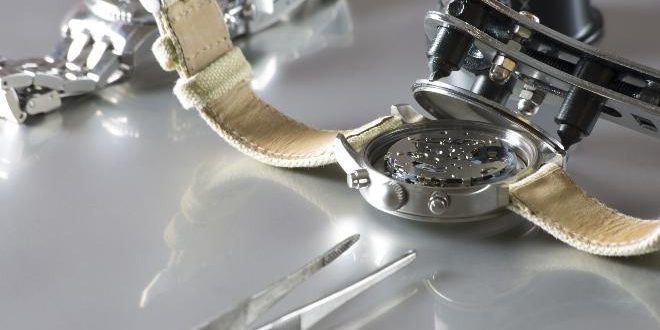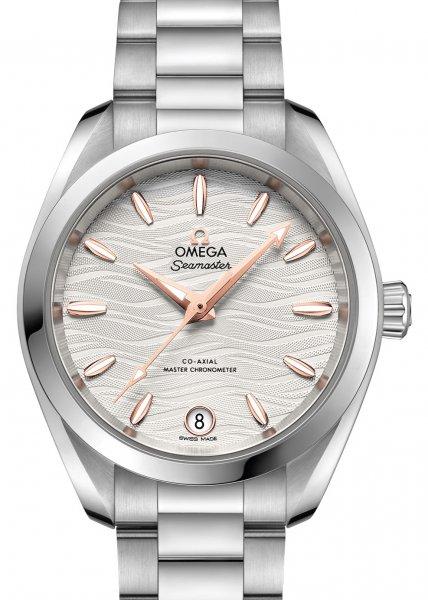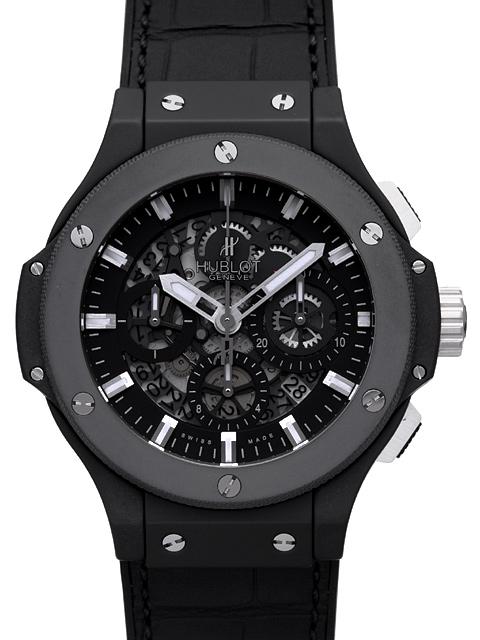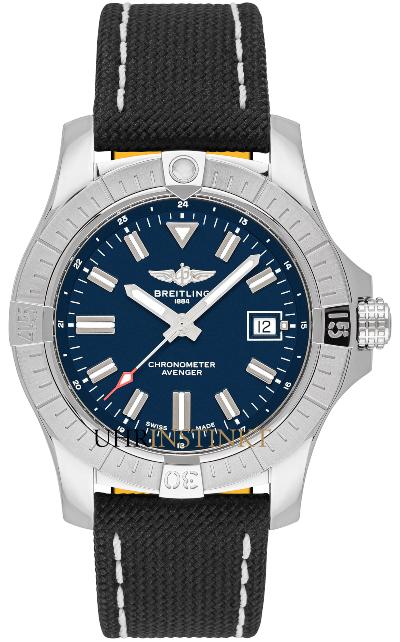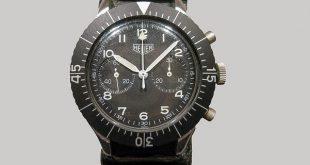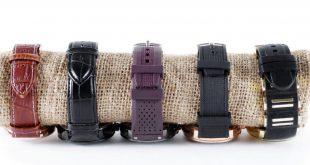« How watchmakers open watches »
Whether maintenance, battery change or authenticity check: many work steps on the timepiece require the professional opening and closing of its case. Watchmakers use professional tools for this purpose, which are adapted to the type of case back and are freely available for every enthusiast. How to perform a smooth operation and why high-quality watch tools are essential, we reveal in this article.
Before you start: The case holder
The best case opener and the longest experience won’t help if the watch slips off during opening and takes on annoying scratches. A firm grip on the case is therefore of central importance. This is especially true for screw-down cases, such as diver’s watches, whose strong screws require a great deal of force for the initial rotation. To ensure a fixed position, experts use so-called case or movement holders: similar in design to a vise, they are available in various materials from aluminum to wood and provide a secure hold even for irregular case shapes (keyword chronograph pushers). At the same time, they are designed for fine adjustment and gentle handling of the timepiece, which fundamentally distinguishes them from the significantly coarser vices. The latter should therefore never be used as a substitute for case holders, which are available in high-quality versions for around 20 to 40 euros.
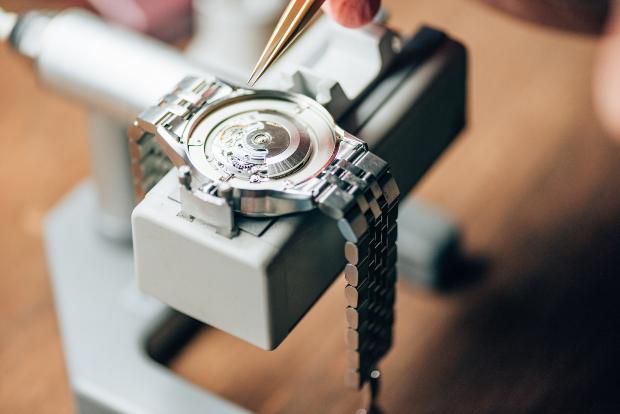
Open watch case: Screwed vs. pressed case back
Whether this holder is required depends largely on the type of case bottom. For example, the use of a screwed base is highly recommended, while pressed bases can manage without a holder without any problems. These two variants also differ fundamentally in terms of case openers. The easier approach is associated with the pressed caseback or jump caseback, for the opening of which watchmakers use a so-called case knife: Placed in a small indentation between the case and the cover, it allows the cover to spring open by means of a lever movement. This is an uncomplicated process, the success of which depends on the quality of the case knife: If you order a cheap version for two euros, the soft steel used there can lead to bending during the first use and – even worse – an ugly mark on the watch.
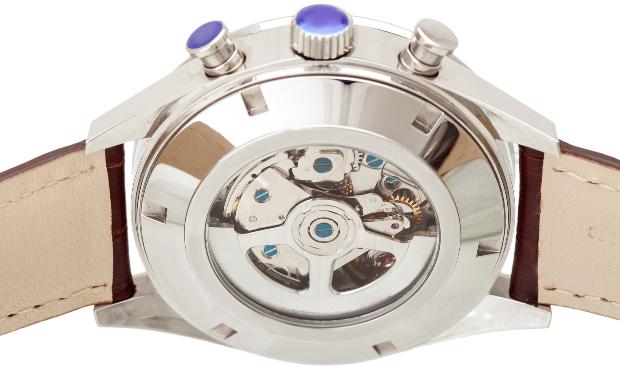
The process for the screwed case back is somewhat more complicated, but also feasible. A classic case opener is required here: Equipped with various inserts for the respective notches of the base (round, hexagonal or triangular notches are common, for example), it has three adjustable “jaws” for adapting to the case size. Once the appropriate inserts have been found, a rotating handle and a separate adjustment wheel help to adjust the distances. Then insert firmly, turn once to the left and the caseback opens. If you want to open your watch case yourself, you should pay even more attention to decent quality than with the case opener. Cheap case openers are a dime a dozen, but their poor workmanship usually prevents a tight fit of the jaws and makes damage much more likely.
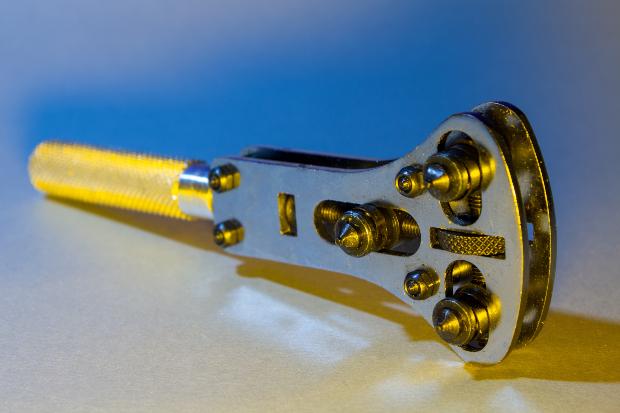
Case closer for pressed bottoms
The big advantage with the screw-down base: No separate case closer is required for closing, only a reversal of the opening process in the opposite direction. The pressed variant, on the other hand, requires precisely this case closer to firmly reassemble the spring lid. Known as a floor lever press or press-in clamp, this instrument relies on leverage and clamps the time indicator between two pressure plates. Normally, therefore, a small amount of force is sufficient to mount the cover properly. In the case of highly water-resistant diver’s watches, on the other hand, ordinary case closers are often not sufficient, which is why massive lever presses are used here. In any case, it is crucial to use the supplied case-size plastic attachments to prevent slipping and possible damage.
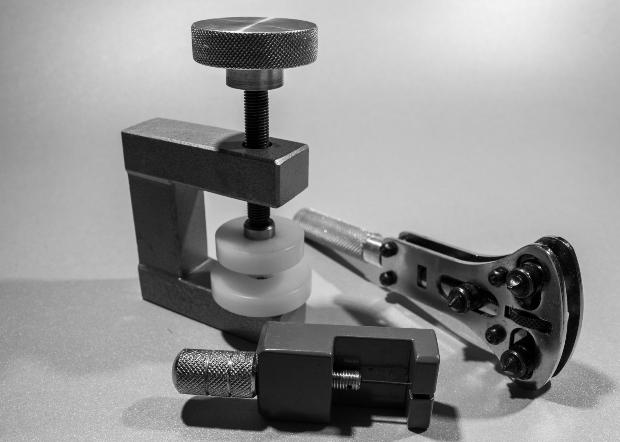
In case of doubt, it is worth going to a professional
Anyone who wants to close or open a watch case without prior experience is not guaranteed success with high-quality watch tools. Even simple-sounding steps have their pitfalls, as the closing of a screwed case shows: if you don’t put the cover back on exactly straight and turn it to the right using the classic case opener, you risk jamming the fine thread. In addition, there is the often forgotten but important topic of seals: Waterproof watches usually have sealing rings (so-called O-rings), which are subject to a natural aging process and are particularly stressed during opening. Even when the cover is put back on seemingly perfectly, it can therefore happen that the water resistance is significantly lower than before the intervention. Anyone who wants to close their watch case again should therefore urgently consider replacing the sealing rings, taking into account the correct values for diameter and width.
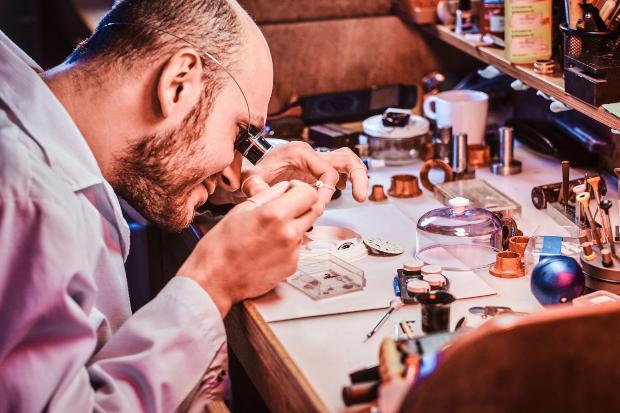
So opening and closing a watch case is by no means child’s play. Although the permanent cost savings appear tempting, the independent intervention is always associated with a higher risk than a trip to the watchmaker. The more expensive the timepiece, the higher the potential material damage – not to mention the non-material value. That’s why we recommend every layman and motivated watch collector to have his work done by a competent expert when in doubt. At the latest when the case opener has done its job and the maintenance of a mechanical movement is due, true expertise is required anyway. And anyone who treats himself to an Omega, Hublot or Breitling should also give his piece of jewelry the appropriate care.
Conclusion: Precision and quality decide
Case closers and openers allow for the quick removal of screwed as well as pressed backs, but should definitely be of good quality and operated professionally. If you feel confident and want to perform a simple operation such as changing a battery, you can save the cost of the watchmaker and purchase your own tools. However, if there is uncertainty, we strongly advise against experimenting with DIY. Anyone who opens a watch case and does not want to damage it should be absolutely sure.
 Uhrinstinkt Magazine
Uhrinstinkt Magazine
